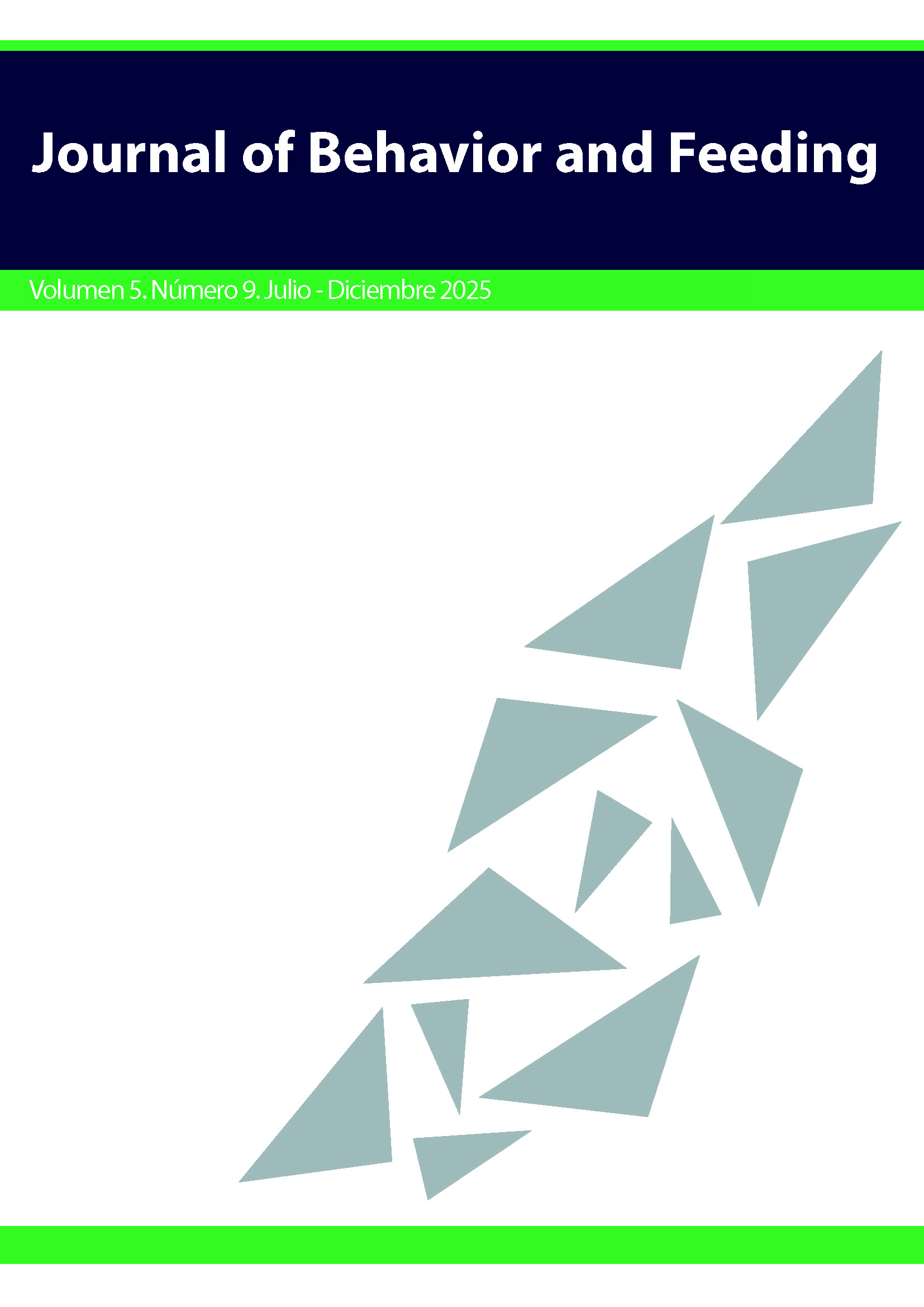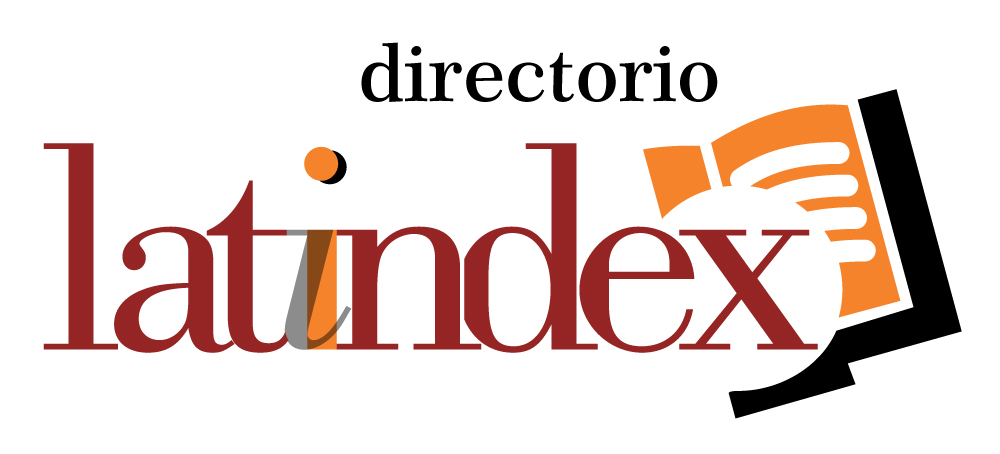Primatological models for human nutrition: Lessons from the feeding ecology of howler monkeys
DOI:
https://doi.org/10.32870/jbf.v5i9.105Keywords:
Nutritional ecology, Non-human primates, Dietary transition, Biocultural conservationAbstract
In a global scenario marked by the loss of dietary diversity and the rise of metabolic diseases, there is an urgent need to reconsider the biological and evolutionary foundations of human nutrition. Nutritional anthropology incorporates comparative models with non-human primates to understand how dietary patterns are regulated in diverse environmental contexts. From this perspective, we propose that primates such as howler monkeys (Alouatta spp.) may serve as relevant models for understanding strategies of nutritional resilience in humans. Through an analysis of feeding ecology, dietary nutrient composition, secondary compound intake, and physiological adaptations, we argue that the trophic flexibility of howler monkeys reflects adaptive principles shared with humans, including protein leverage, prioritization of functional resources, and resilience in nutritionally constrained environments. This comparative approach seeks to enrich our understanding of dietary and nutritional transitions in humans, particularly in rural communities or those at risk of dietary homogenization, as recently documented in studies on the traditional Mexican diet. Finally, we advocate for a stronger integration of primatology, nutritional ecology, and nutritional anthropology to develop interdisciplinary frameworks that can inform and guide food policy development.
Downloads
References
Andersen, S., Rex, K. F., Noahsen, P., Sørensen, H. C. F., Larsen, N. H., Mulvad, G., & Laurberg, P. (2014). Forty?five year trends in overweight and obesity in an indigenous arctic Inuit Society in transition and spatiotemporal trends. American Journal of Human Biology, 26(4), 511-517. https://doi.org/10.1002/ajhb.22556
Aristizabal, J. F., Rothman, J. M., García-Feria, L. M., & Serio-Silva, J. C. (2016). Contrasting time- and weight-based estimates of protein and energy intake in howler monkeys. American Journal of Primatology, 57(1), 129–138. https://doi.org/10.1002/ajp.22611
Aristizabal, J. F., Negrete-Yankelevich, S., Macías-Ordóñez, R., Chapman, C. A., & Serio-Silva, J. C. (2019). Spatial aggregation of fruits explains food selection in black howler monkeys (Alouatta pigra). International Journal of Primatology, 40, 653–669. https://doi.org/10.1038/s41598-019-55932-y
Arroyo-Rodríguez, V., & Dias, P. A. D. (2010). Effects of habitat fragmentation and disturbance on howler monkeys: a review. American Journal of Primatology, 72(1), 1-16. https://doi.org/10.1002/ajp.20753
Behie, A. M., & Pavelka, M. S. M. (2012). The role of minerals in food selection in a black howler monkey (Alouatta pigra) population in Belize following a major hurricane. American Journal of Primatology, 74(11), 934–945. https://doi.org/10.1002/ajp.22059
Bekelman, T. A., Santamaría-Ulloa, C., Dufour, D. L., Marín-Arias, L., & Dengo, A. L. (2017). Using the protein leverage hypothesis to understand socioeconomic variation in obesity. American Journal of Human Biology, 29(3), e22953. https://doi.org/10.1002/ajhb.22953
Chaves, O. M., & Bicca-Marques, J. C, (2013) Dietary flexibility of the brown howler monkey throughout 533 its geographic distribution. American Journal of Primatology 75(1):16-29. https://doi.org/10.1002/ajp.22075
Cristóbal?Azkarate, J., & Arroyo-Rodríguez, V. (2007). Diet and activity pattern of howler monkeys (Alouatta palliata) in Los Tuxtlas, Mexico: Effects of habitat fragmentation and implications for conservation. American Journal of Primatology, 69(9), 1013-1029. https://doi.org/10.1002/ajp.20420
Clark, S.E., Hawkes, C., Murphy, S.M.E., Hansen-Kuhn, K.A., & Wallinga, D. (2012). Exporting obesity: US farm and trade policy and the transformation of the Mexican consumer food environment. International Journal of Occupational and Environmental Health, 18(1), 53-64. https://doi.org/10.1179/1077352512Z.0000000007
Cordain, L., Eaton, S. B., Sebastian, A., Mann, N., Lindeberg, S., Watkins, B. A., … & Brand-Miller, J. (2000). Origins and evolution of the Western diet: Health implications for the 21st century. The American Journal of Clinical Nutrition, 81(2), 341–354. https://doi.org/10.1093/ajcn.81.2.341
Cueto-Escobedo, J., Andrade-Soto, J., Lima-Maximino, M., Maximino, C., Hernández-López, F., & Rodríguez-Landa, J. F. (2020). Involvement of GABAergic system in the antidepressant-like effects of chrysin (5, 7-dihydroxyflavone) in ovariectomized rats in the forced swim test: Comparison with neurosteroids. Behavioural Brain Research, 386, 112590. https://doi.org/10.1016/j.bbr.2020.112590
Dias, P. A. D., Rangel-Negrín, A., & Canales-Espinosa, D. (2011). Effects of lactation on the time?budgets and foraging patterns of female black howlers (Alouatta pigra). American Journal of Physical Anthropology, 145(1), 137-146. https://doi.org/10.1002/ajpa.21481
Espinosa-Gómez, F., Gómez-Rosales, S., Wallis, I. R., Canales-Espinosa, D., & Hernández-Salazar, L. (2013). Digestive strategies and food choice in mantled howler monkeys Alouatta palliata mexicana: bases of their dietary flexibility. Journal of Comparative Physiology B, 183, 1089-1100. https://doi.org/10.1007/s00360-013-0769-9
Espinosa-Gómez, F. C., Serio-Silva, J. C., Santiago-García, J. D., Sandoval-Castro, C. A., Hernández-Salazar, L. T., Mejía-Varas, F., ... & Chapman, C. A. (2018). Salivary tannin-binding proteins are a pervasive strategy used by the folivorous/frugivorous black howler monkey. American Journal of Primatology, 80(2), e22737. https://doi.org/10.1002/ajp.22737
Felton, A. M., Felton, A., Raubenheimer, D., Simpson, S. J., Foley, W. J., Wood, J. T., … & Lindenmayer, D. B. (2009). Protein content of diets dictates the daily energy intake of a free-ranging primate. Behavioral Ecology, 20(4), 685–690. https://doi.org/10.1093/beheco/arp021
Fiedor, J., & Burda, K. (2014). Potential role of carotenoids as antioxidants in human health and disease. Nutrients, 6(2), 466–488. https://doi.org/10.3390/nu6020466
Hewlett, B.S. (2016). Social learning and innovation in hunter-gatherers. In H. Terashima & B. S. Hewlett (Eds.), Social learning and innovation in contemporary hunter-gatherers. evolutionary and ethnographic perspectives (pp. 1-15). Springer Japan. https://doi.org/10.1007/978-4-431-55997-9
Hohmann, G. (2009). The feeding ecology of non-human primates and its implications for hominin food preferences. In J.-J. Hublin, & M. P. Richards (Eds.), The evolution of hominin diets: integrating approaches to the study of Palaeolithic subsistence (pp. 157–169). Springer.
Ito, M., & Hayashi, F. (2020). Tree-leaf chemicals and feeding behavior of arboreal mammals in seasonal environment. In J. M. Mérillon & K. Ramawat (Eds.), Co-evolution of secondary metabolites. reference series in phytochemistry. Springer, Cham. https://doi.org/10.1007/978-3-319-96397-6_25
Leonard, W. R. (2014). The global diversity of eating patterns: Human nutritional health in comparative perspective. Physiology & Behavior, 134, 5-14. https://doi.org/10.1016/j.physbeh.2014.02.050
Lim, J. Y., Wasserman, M. D., Veen, J., Després-Einspenner, M., & Kissling, W. D. (2021). Ecological and evolutionary significance of primates’ most consumed plant families. Proceedings of the Royal Society B, 288(1953), 20210737. https://doi.org/10.1098/rspb.2021.0737
Luca, F., Perry, G. H., & Di Rienzo, A. (2010). Evolutionary adaptations to dietary changes. Annual Review of Nutrition, 30, 291–314. https://doi.org/10.1146/annurev-nutr-080508-141048
Martínez-Mota, R., Vázquez Domínguez, G., Silva Rivera, E., & Velázquez-Rosas, N. (2023). Las dietas tradicionales, su impacto en el microbioma intestinal y la salud humana. Journal of Behavior and Feeding, 3(5), 10-15. https://doi.org/10.32870/jbf.v3i5.39
Matos, R. A., Adams, M., & Sabaté, J. (2021). The consumption of ultra-processed foods and non-communicable diseases in Latin America. Frontiers in Nutrition, 8, 622714. https://doi.org/10.3389/fnut.2021.622714
Milton, K. (2000). Hunter-gatherer diets—a different perspective. The American Journal of Clinical Nutrition, 71(3), 665-667. https://doi.org/10.1093/ajcn/71.3.665
Milton, K. (2003). Micronutrient intakes of wild primates: Are humans different? Comparative Biochemistry and Physiology Part A: Molecular & Integrative Physiology, 136(1), 47–59. https://doi.org/10.1016/S1095-6433(03)00084-9
Popkin, B. M. (2006). Global nutrition dynamics: The world is shifting rapidly toward a diet linked with noncommunicable diseases. The American Journal of Clinical Nutrition, 84(2), 289–298. https://doi.org/10.1093/ajcn/84.2.289
Popovich, D. G., Jenkins, D. J., Kendall, C. W., Dierenfeld, E. S., Carroll, R. W., Tariq, N., & Vidgen, E. (1997). The western lowland gorilla diet has implications for the health of humans and other hominoids. The Journal of Nutrition, 127(10), 2000-2005. https://doi.org/10.1093/jn/127.10.2000
Raichlen, D. A., Pontzer, H., Harris, J. A., Mabulla, A. Z. P., Marlowe, F. W., & Wood, B. M. (2014). Physical activity patterns and biomarkers of cardiovascular disease risk in hunter-gatherers. American Journal of Human Biology, 26(4), 488–500. https://doi.org/10.1002/ajhb.22919
Raubenheimer, D., Rothman, J. M., Pontzer, H., & Simpson, S. J. (2014). Macronutrient contributions of insects to the diets of hunter–gatherers: A geometric analysis. Journal of Human evolution, 71, 70-76. https://doi.org/10.1016/j.jhevol.2014.02.007
Righini, N. (2014). Primate nutritional ecology: The role of food selection, energy intake, and nutrient balancing in Mexican black howler monkey (Alouatta pigra) foraging strategies [Doctoral dissertation, University of Illinois at Urbana-Champaign]. https://www.ideals.illinois.edu/handle/2142/50423
Righini, N., Garber, P. A., y Rothman, J. M. (2017). The effects of plant nutritional chemistry on food selection of Mexican black howler monkeys (Alouatta pigra): The role of lipids. American Journal of Primatology, 79(1), e22588. https://doi.org/10.1002/ajp.22524
Sánchez-Ortiz, N. A., Unar-Munguía, M., Bautista-Arredondo, S., Shamah-Levy, T., & Colchero, M.A. (2022). Changes in apparent consumption of staple food in Mexico associated with the gradual implementation of the NAFTA. PLOS Global Public Health, 2(11), e0001144. https://doi.org/10.1371/journal.pgph.0001144
Serrano, J., Puupponen-Pimiä, R., Dauer, A., Aura, A. M., & Saura-Calixto, F. (2009). Tannins: current knowledge of food sources, intake, bioavailability and biological effects. Molecular Nutrition & Food Research, 53(S2), S310-S329. https://doi.org/10.1002/mnfr.200900039
Silver, S. C., Ostro, L. E. T., Yeager, C. P., & Horwich, R. (2000). Phytochemical and mineral components of foods consumed by black howler monkeys (Alouatta pigra) at two sites in Belize. Zoo Biology, 19(2), 95–109. https://doi.org/10.1002/1098-2361(2000)19:2<95::AID-ZOO1>3.0.CO;2-D
Simpson, S. J., & Raubenheimer, D. (2005). Obesity: The protein leverage hypothesis. Obesity Reviews, 6(2), 133–142. https://doi.org/10.1111/j.1467-789X.2005.00178.x
Valerino-Perea, S., Lara-Castor, L., Armstrong, M. E. G., & Papadaki, A. (2019). Definition of the traditional Mexican diet and its role in health: a systematic review. Nutrients, 11(11), 2803. https://doi.org/10.3390/nu11112803
Uauy, R., Albala, C., & Kain, J. (2001). Obesity trends in Latin America: Transiting from under- to overweight. The Journal of Nutrition, 131(3), 893S–899S. https://doi.org/10.1093/jn/131.3.893S
Wen, P., Zhu, N., & Jia, M. (2024). Changes in food consumption and nutrition intake of rural residents in central China. Heliyon, 10(16). https://doi.org/10.1016/j.heliyon.2024.e36523
Winter, A. N., & Bickford, P. C. (2019). Anthocyanins and their metabolites as therapeutic agents for neurodegenerative disease. Antioxidants, 8(9), 333. https://doi.org/10.3390/antiox8090333
Published
How to Cite
Issue
Section
License
Copyright (c) 2025 Authors

This work is licensed under a Creative Commons Attribution 4.0 International License.
This is an open-access article distributed under the terms of the Creative Commons Attribution License (CC BY). The use, distribution or reproduction is permitted, provided the original author(s) and the copyright owner(s) are credited and that the original publication in this journal is cited, in accordance with accepted academic practice. No use, distribution or reproduction is permitted which does not comply with these terms.




